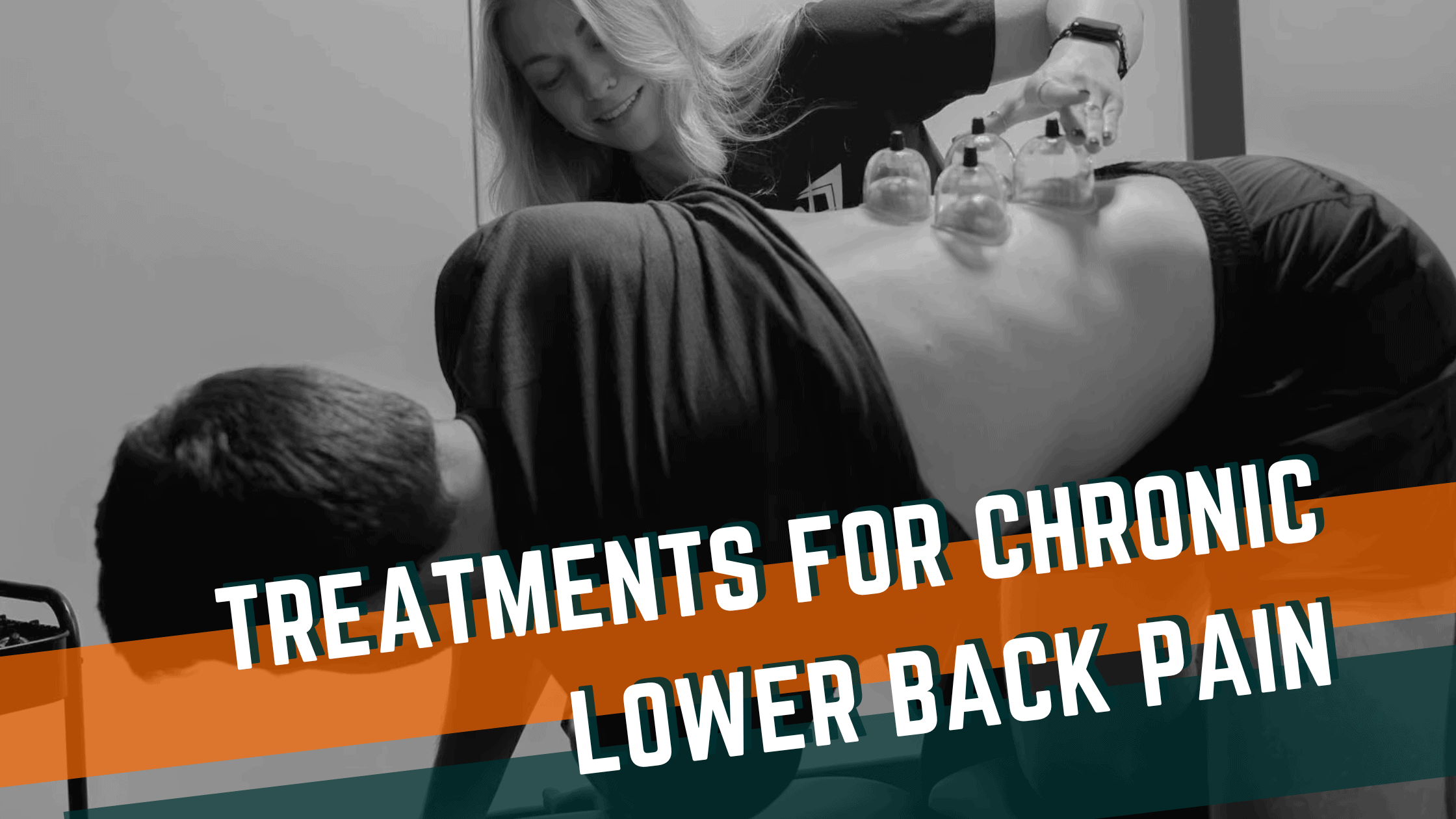
You’ve been diagnosed with a torn labrum in your shoulder, but what do you do now? This article will give you all of the information you need to make an informed decision on your next steps and how to get back after a labrum injury!
What is your Labrum?
The labrum is considered part of the shoulder capsule. It is a piece of tissue that is located within the ball and socket joint and helps in keeping your shoulder in place. The labrum can experience damage from trauma such as a dislocation or show normal wear as we age.
Can a torn Labrum in your shoulder heal without surgery?
Most often, the answer is No! There are many conservative treatment options that allow you to fully participate in your activities without requiring surgery. What we often see with labrum tears is overuse and overdeveloped anterior shoulder and weakness/tightness in the posterior shoulder complex. By addressing those issues, you can get your shoulder back pain-free without surgery!
Be Patient
Taking time from aggravating factors at the gym and modifying to allow your body to heal is going to be important. Recovering from a labral tear is going to most likely take several months. This does not mean to totally rest! Slowing shoulder movements down to include tempo, decreasing weight, and adjusting range of motion are all important modifications to make while recovering. Maintaining a high level of fitness including lower body and cardiovascular exercise will also allow you to get back to your activities quickly!
Improve Internal Rotation
One of the biggest limitations we see with labrum tears is decreased mobility in internal rotation of the shoulder joint. The labrum can develop tightness in the back of the shoulder limiting that range of motion. Limitations in range of motion can put increased strain through the front of the shoulder during overhead movements. Shoulder PAILS/RAILS is a great way to improve your mobility.
Increase Shoulder Stability
The main job of the labrum is creating stability in the shoulder. The rotator cuff muscles also play a similar roll, and they need to be maximized to improve overall joint health. Using kettlebell arm bars is an excellent way to challenge the rotator cuff muscles and improve overall stability.
Ready for Help?
If your shoulder pain is continuing to hold you back at the gym, schedule an appointment with our team! We will take an in-depth look into multiple factors involving your shoulder and develop an individualized plan to get you back to what you love!
Recent Articles
Recover Like a Pro: The Role of Manual Therapy, Dry Needling, and Mobility Work in Faster Recovery
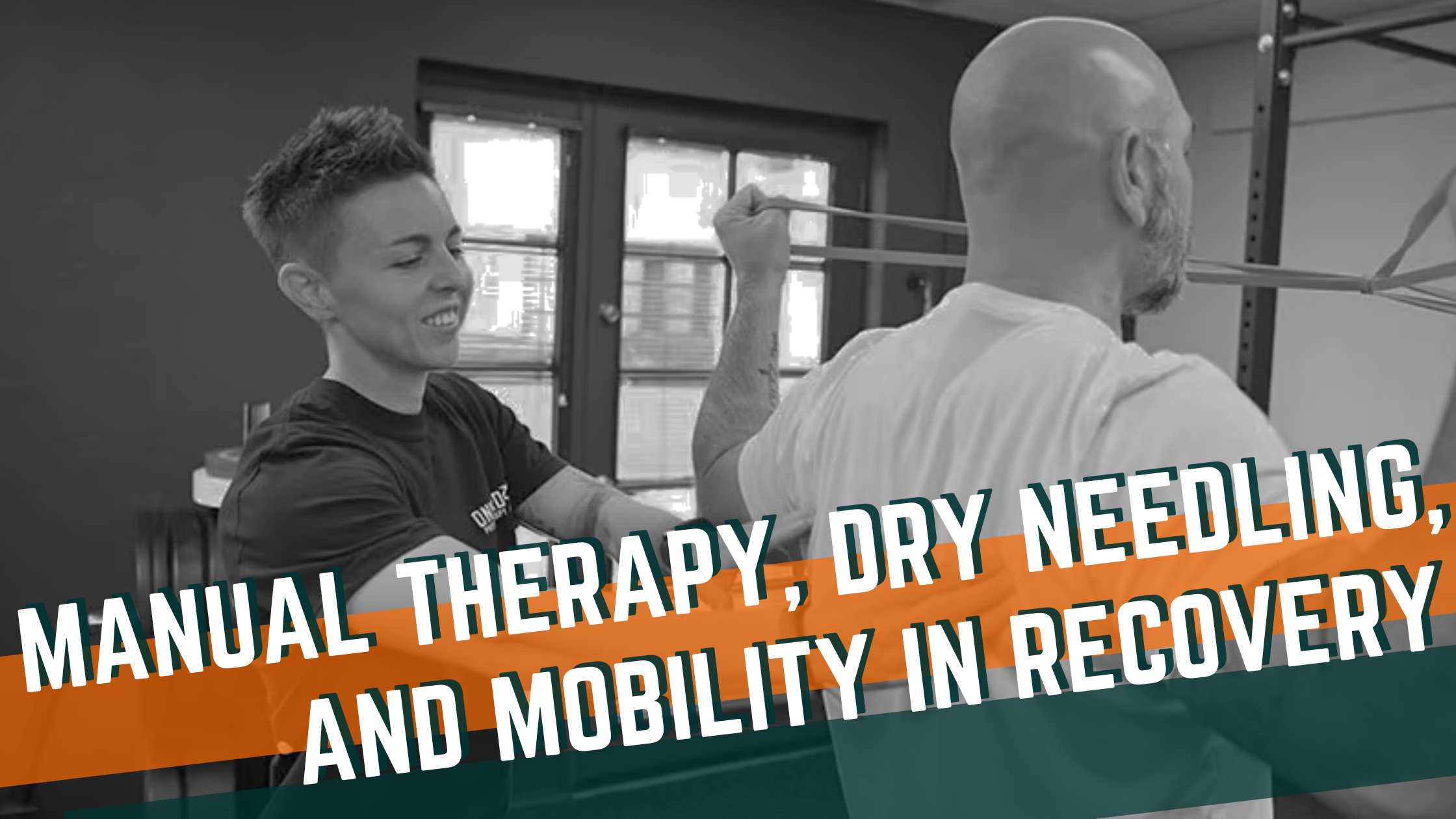
How does physical therapy help injury recovery and performance?
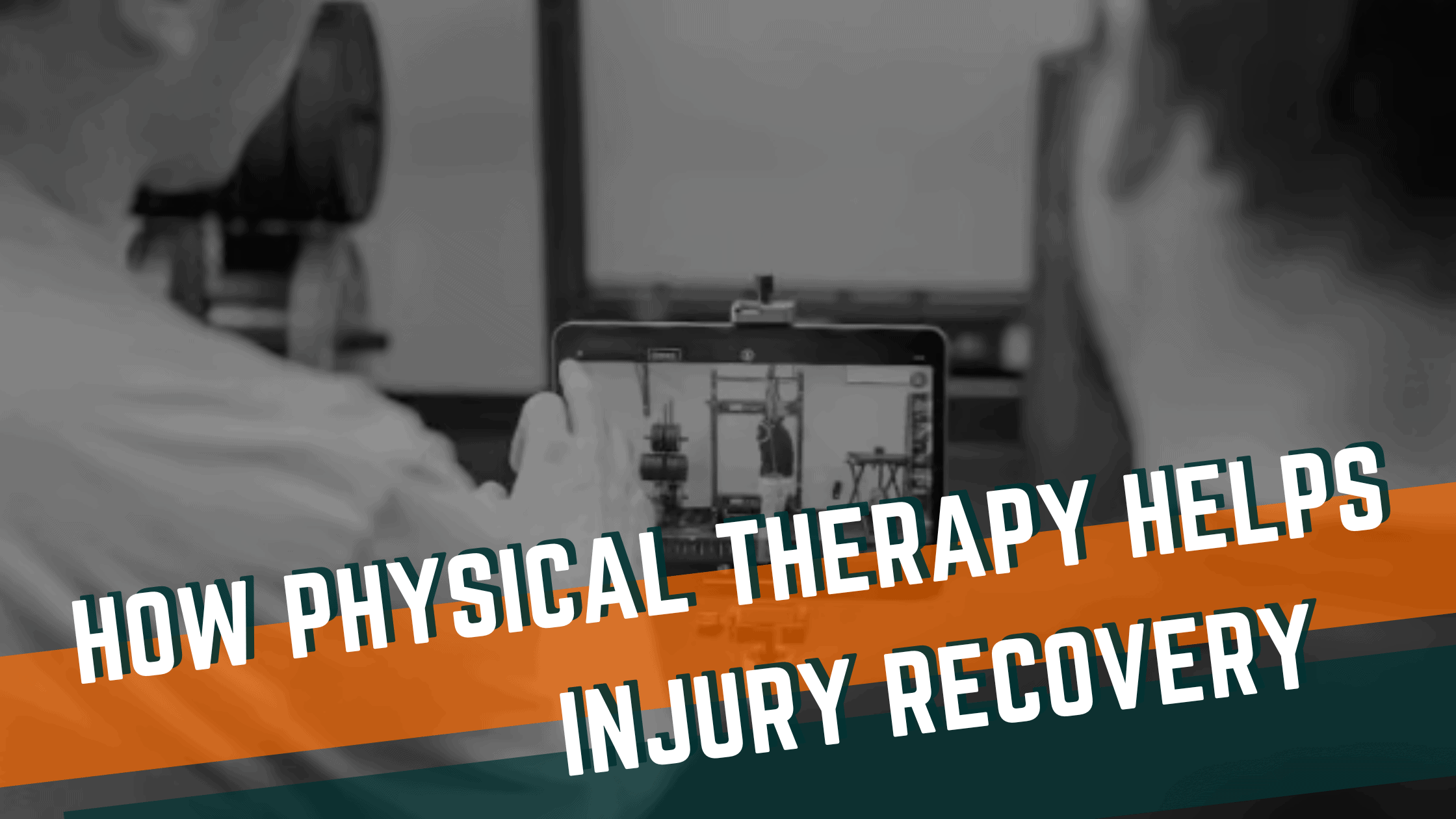
Comparing Manual Therapy to Other Treatment Modalities
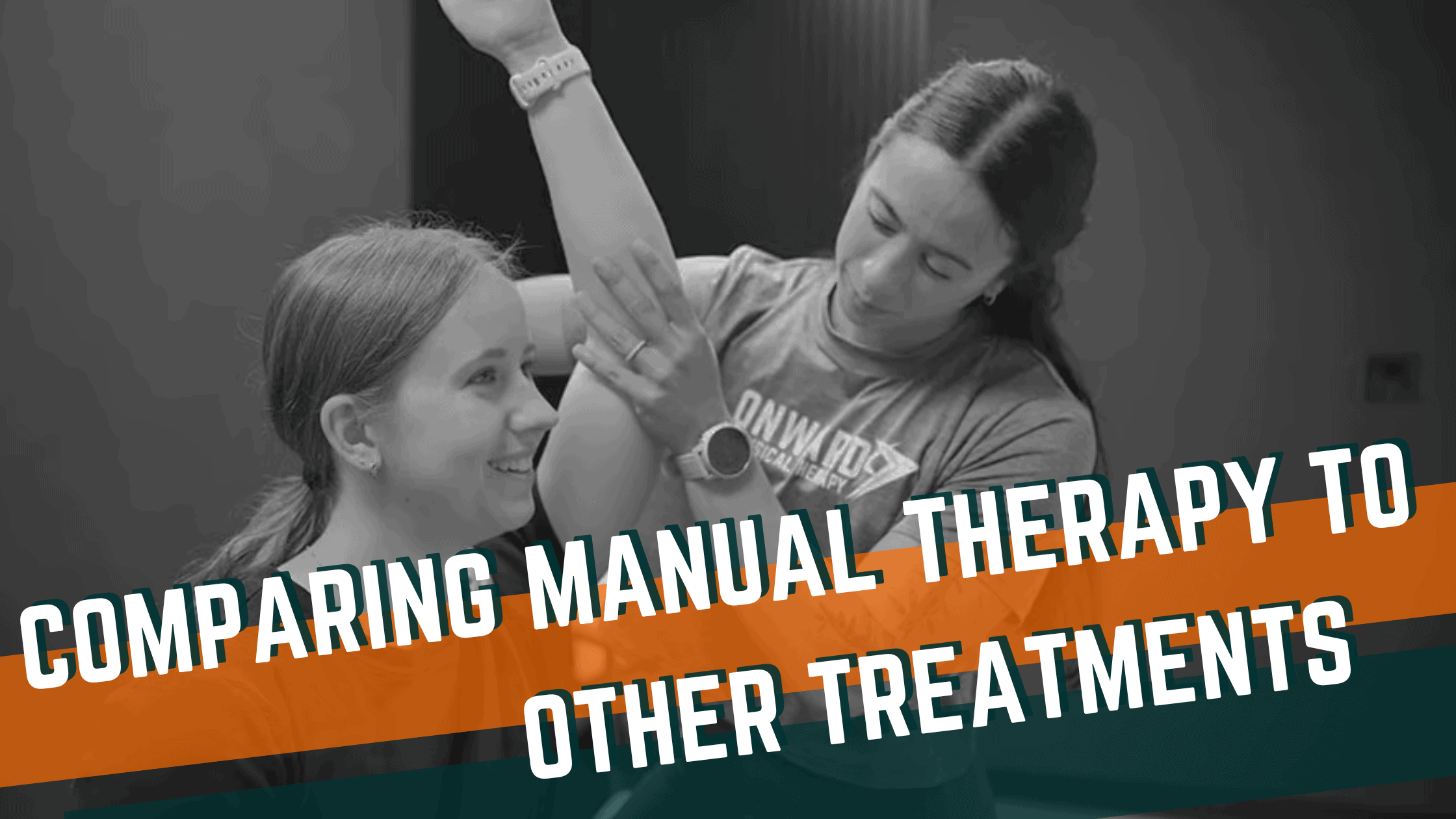
How Physical Activity Influences Mental Well-being
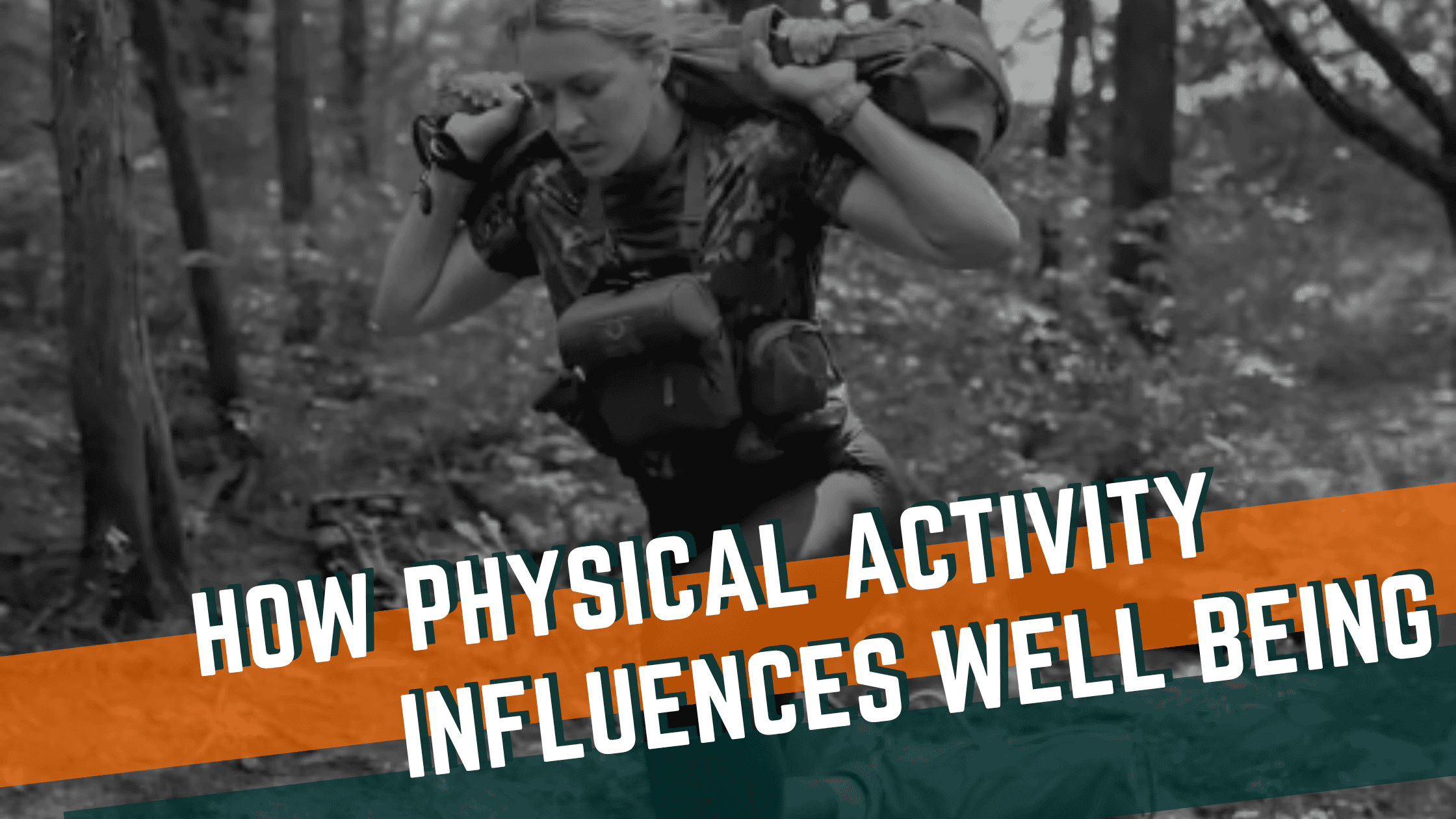
Non-Pharmacological Treatments for Chronic Lower Back Pain
